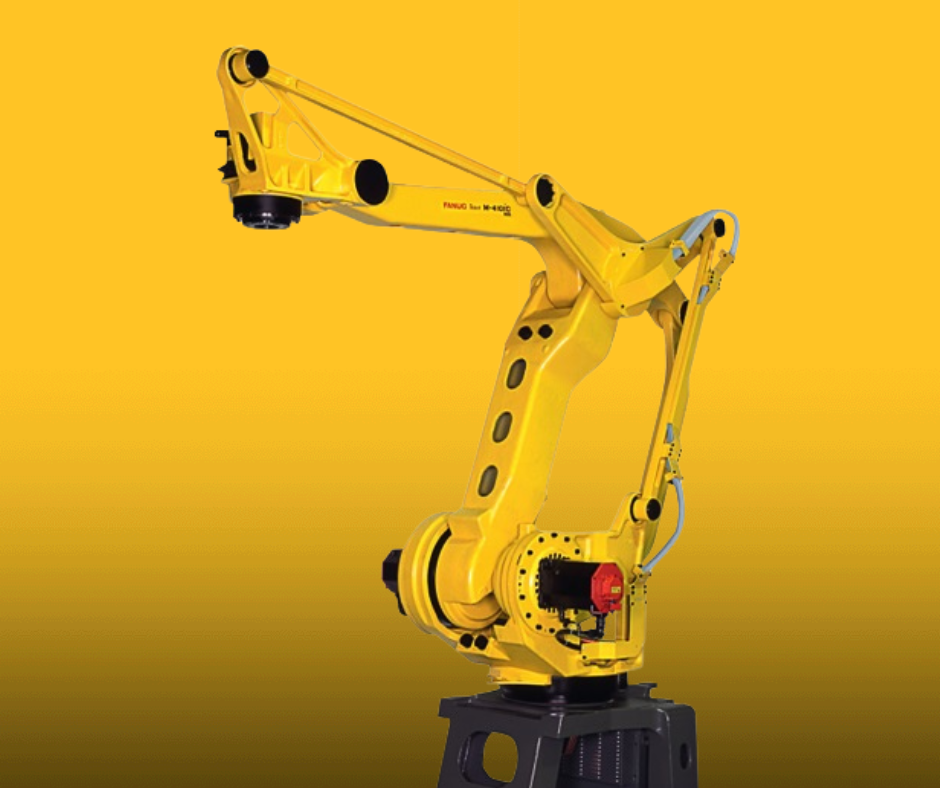In the midst of manufacturing today, robotic arms are challenging the norms of production, mixing quality, safety, and efficiency in ways that were once impossible to imagine. The mechanical marvels, often known as robot arms become essential to industries across the globe, due to the urgent necessity to reduce operating expenses without sacrificing quality. Robotic arms are being incorporated into production lines to lower expenses and enhance security. Learn how these cutting-edge robotics have changed the landscape of industrial production.
The main reason for the worldwide increase in robotic arm use is cost efficiency. Factories are under constant pressure to limit production errors, reduce production waste, and cut down on work-related accidents. Robotic arms face these challenges head-on. In contrast to human workers, robotic arms complete repetitive tasks with pinpoint accuracy that eliminate costly errors and reducing the waste of raw material. In industries with high volumes, such as automotive manufacturing, robots ensure an exact assembly process by using precise welding and parts placement. This accuracy translates into substantial savings since fewer damaged items mean less rework and wasted.

Image credit: automatedsolutions.com.au
Safety is another important factor in the development of robot arms. Human workers are at risk when they perform a range of jobs in manufacturing, such as handling dangerous materials or operating machines that are heavy. By utilizing robot arms enterprises can take workers away from hazardous environments. This reduces the risk of workplace injuries. Robotic arms, constructed as a chain of joints that move, can replicate the functions of human arms without causing physical injury. Equipped with programmable hand end effectors, these machines are able to complete tasks that can be dangerous for humans, like welding or spinning.
Robotic arms’ versatility make them a game changer in different industries. Robot arms are able to be used for many different tasks, from assembly for automobiles to electronic production. They can perform complex operations with unparalleled precision, such as machine tool tending and painting. Robotic arms have transformed the process of palletizing in warehouses, automating it with speed and precision. Automation does not just increase efficiency but also ensures safety as robot arms can be productive without fatigue.
One of the most intriguing advancements in this field is the growth of collaborative robots or cobots, which collaborate with human employees. Cobots, equipped with a robotic arm be able to interact with humans in a seamless manner in contrast to industrial robots which are usually confined to cells. In a factory setting the robotic arm of a cobot might handle the heavy lifting or tasks that are repetitive, freeing human workers to focus on more difficult tasks. This collaboration enhances productivity and ensures a safe work surroundings, as cobots can be trained to stop or change their actions if a person is nearby.
The effect of robotic arms extends beyond safety and efficiency to the very fabric of manufacturing today. They are crucial to industries that require high accuracy in tasks like welding, assembly or material handling. In automotive production for instance, a robot arm can rotate and move components in assembly to ensure perfect alignment without the need for human involvement. Similarly, in electronics, robot arms handle delicate components with care, reducing damage and improving output quality.
Robotic arms are predicted to become more important as industries change. Their capability to reduce costs, improve safety, and be able to adapt to a variety of jobs makes them the foundation of the future of manufacturing. With cutting-edge technology coupled with human ingenuity robotic arms aren’t just tools. They are partners in progress, driving innovation and changing the way we build our world.